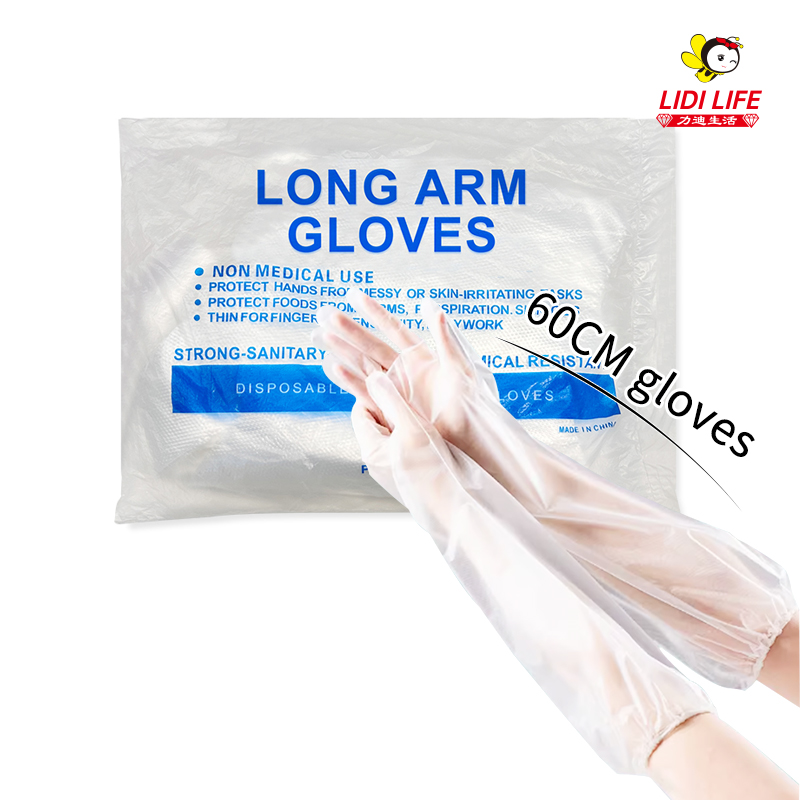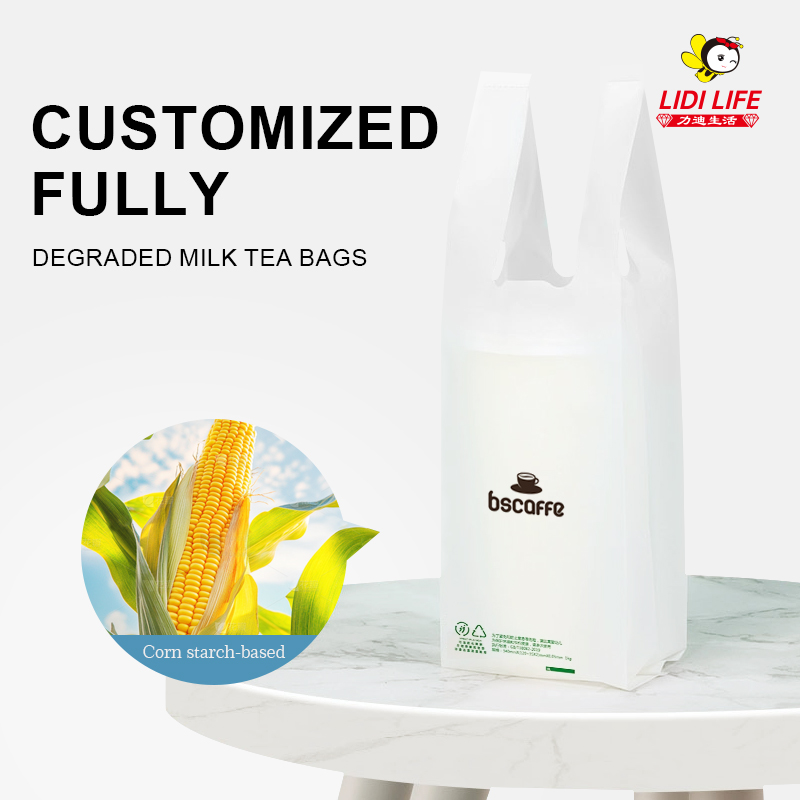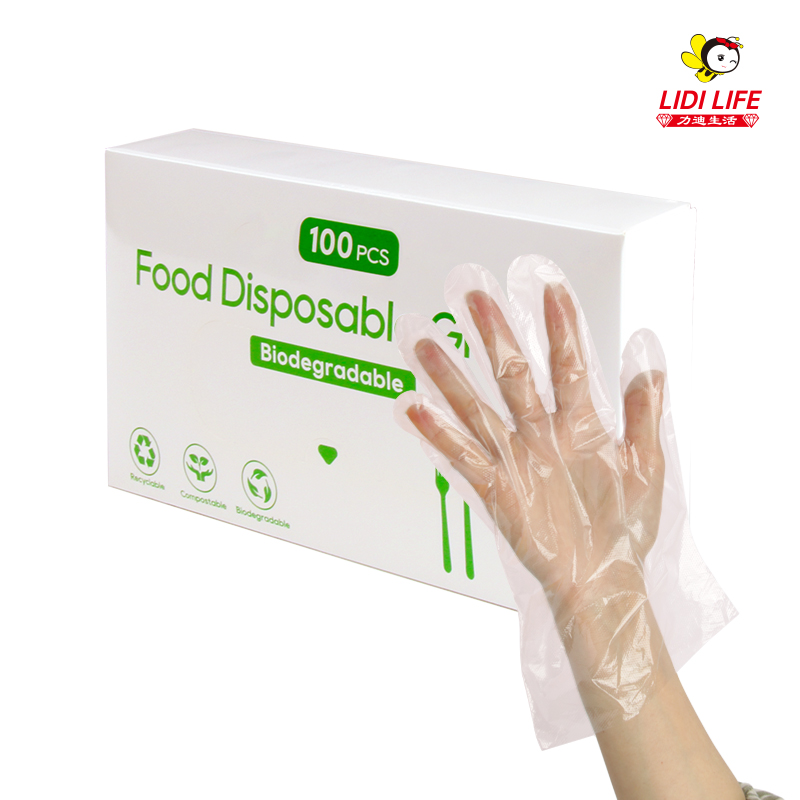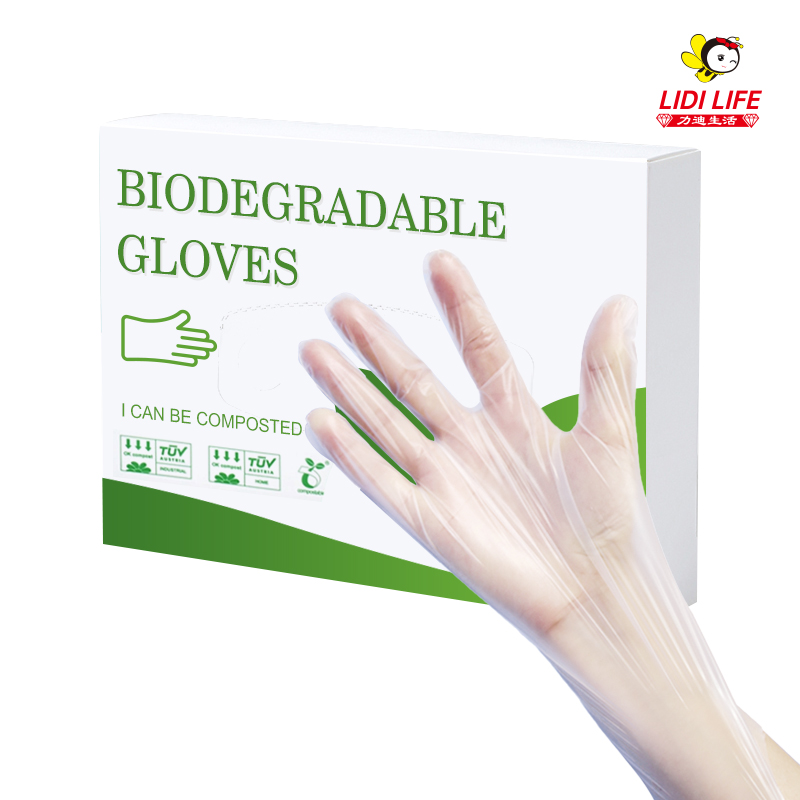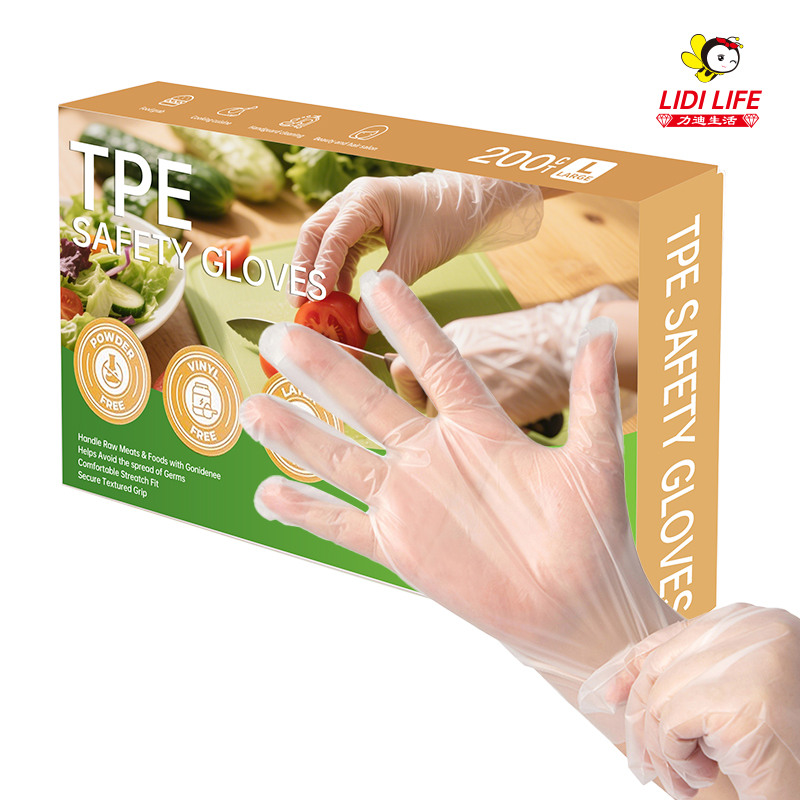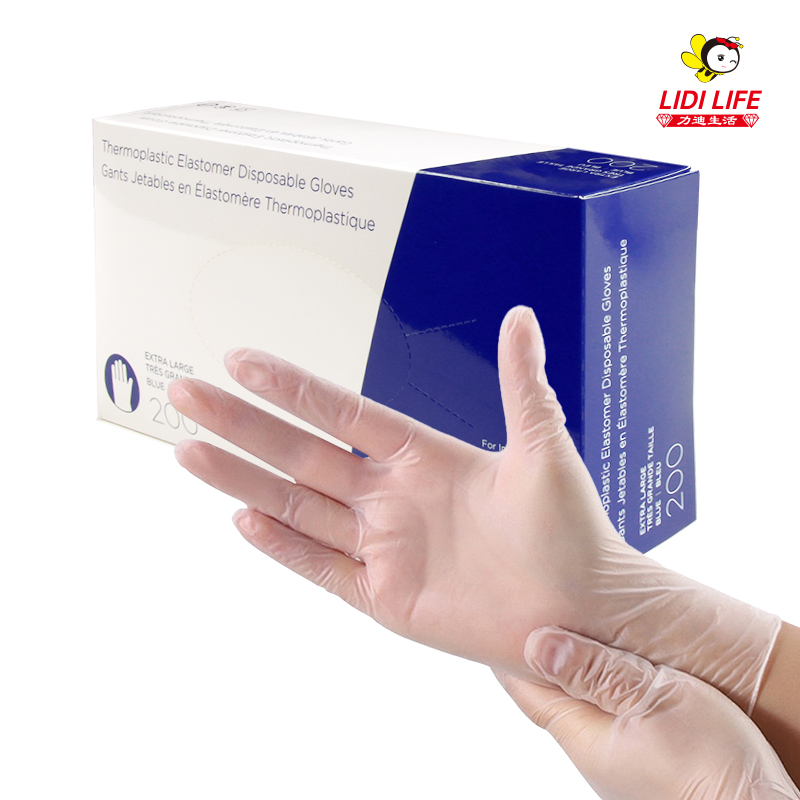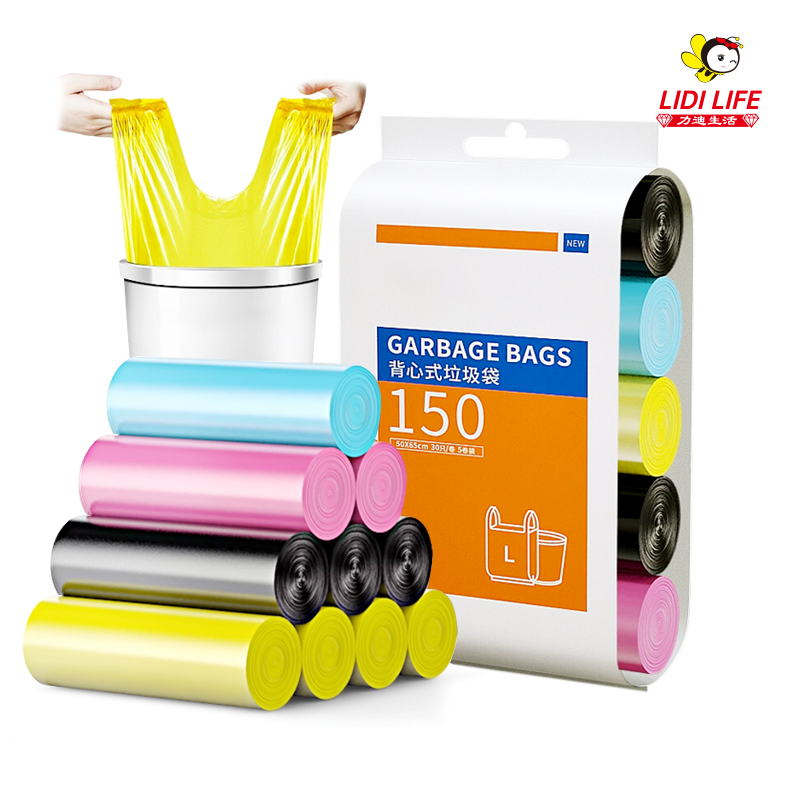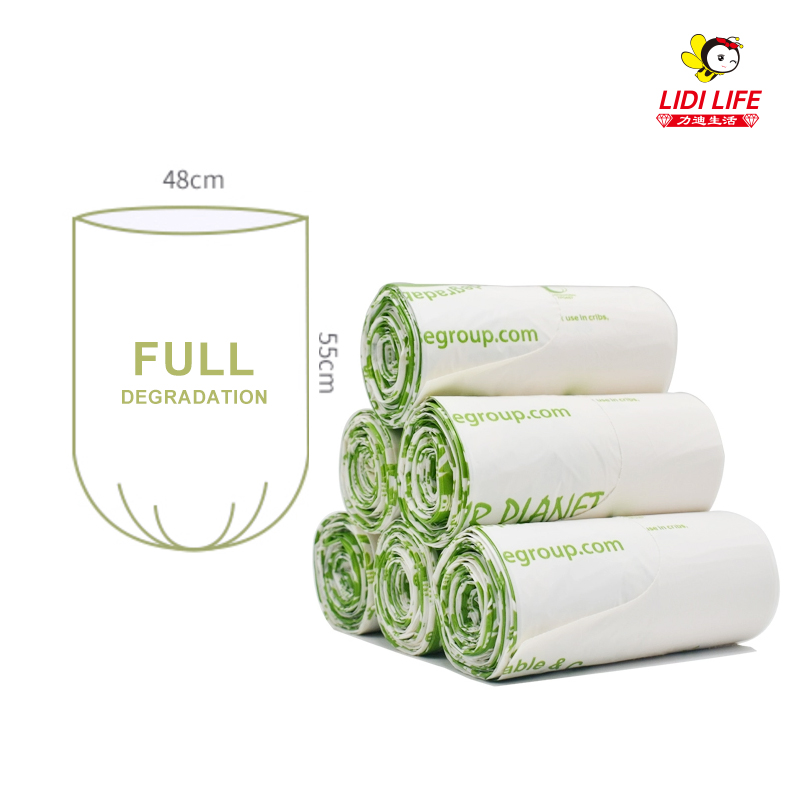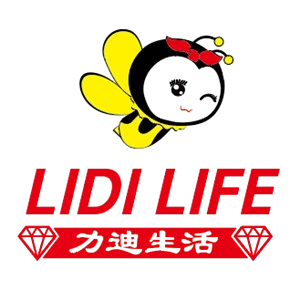Introduction
The global trash bags and garbage bags industry has evolved from simple plastic sacks to advanced biodegradable trash bags and compostable trash bags, driven by environmental concerns and regulatory changes. This article explores the industry’s historical development, current trends, and future projections, with a focus on sustainability and innovation.
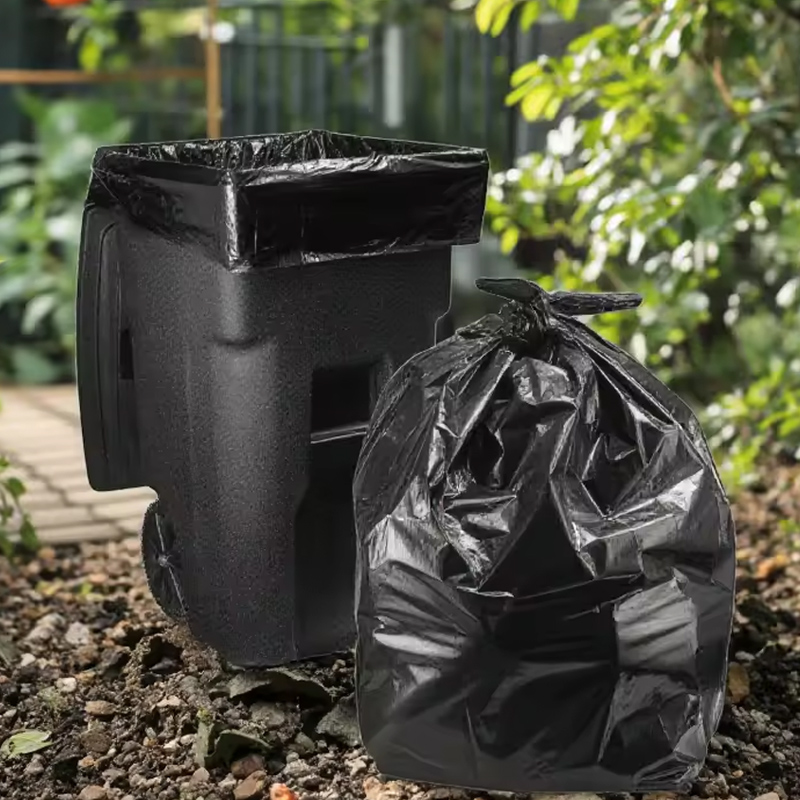
Historical Development of Trash Bags
Early Innovations (1950s–1970s)
1950s: Introduction of polyethylene garbage bags for household use.
1963: First commercial trash bags by Canadian inventor Harry Wasylyk.
1970s: Mass production of low-density polyethylene (LDPE) garbage bags for durability.
Industrial Expansion (1980s–2000s)
1980s: Drawstring trash bags introduced for convenience.
1990s: Heavy-duty garbage bags for industrial and commercial use.
2000s: Rise of scented and antimicrobial trash bags.
Sustainability Era (2010s–Present)
2010s: Development of biodegradable trash bags using plant-based materials.
2020s: Growth of compostable trash bags meeting ASTM D6400 standards.
2023: Global demand for biodegradable garbage bags surges by 25%.
Current Market Landscape
Market Segmentation
Product Type | Market Share (2023) | Growth Rate (CAGR) |
Standard trash bags | 65% | 3.5% |
Biodegradable trash bags | 20% | 12.8% |
Compostable trash bags | 10% | 18.2% |
Heavy-duty garbage bags | 5% | 4.1% |
Key Material Innovations
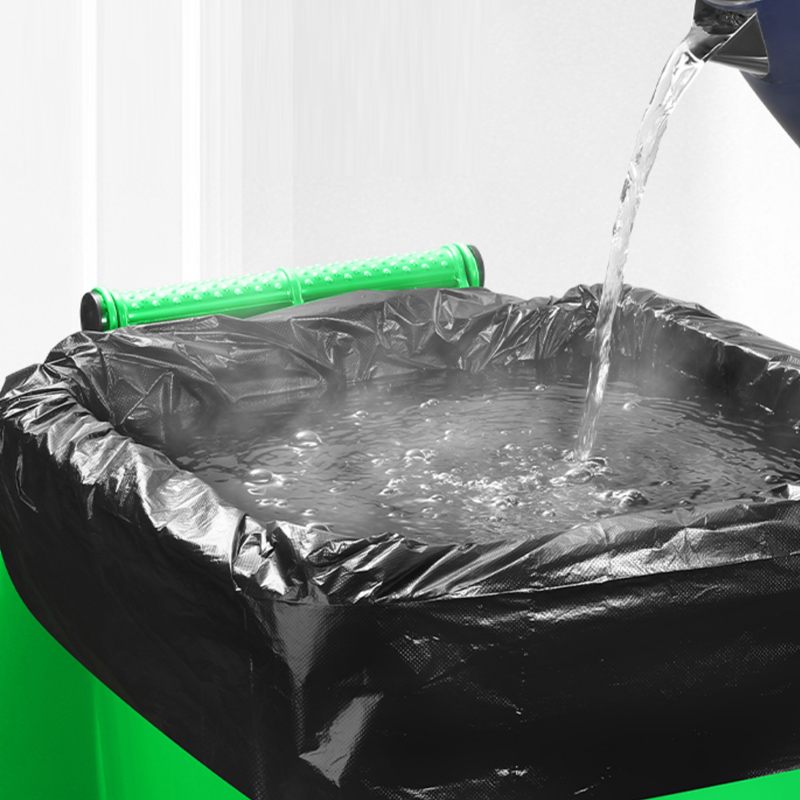
PLA (Polylactic Acid): Used in compostable garbage bags.
PBAT (Polybutyrate Adipate Terephthalate): Enhances biodegradability in biodegradable garbage bags.
Starch-based blends: Reduce plastic content by 30–50%.
Regional Market Trends
North America: Largest market for biodegradable trash bags (EPA regulations).
Europe: Strict mandates on single-use plastics boost compostable trash bags.
Asia-Pacific: Fastest-growing demand for garbage bags due to urbanization.
Sustainability & Environmental Impact
Challenges with Traditional Trash Bags
Non-biodegradability: Takes 500+ years to decompose.
Microplastic pollution: Affects marine ecosystems.
Advancements in Biodegradable Garbage Bags
ASTM D6954 certification: Ensures biodegradability in landfills.
Marine-degradable options: Break down in seawater within 6 months.
Future of Compostable Trash Bags
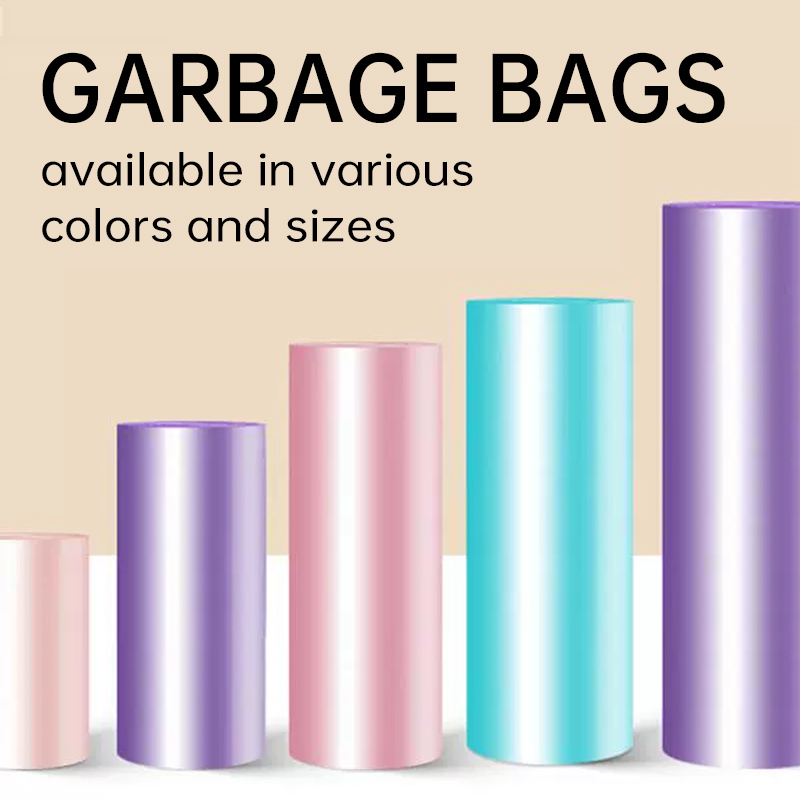
Home-compostable certifications (OK Compost, TÜV Austria).
Industrial composting compatibility (meets EN 13432 standards).
Future Outlook (2025–2030)
Market Projections
Global trash bags market to reach $12.8B by 2030 (6.2% CAGR).
Biodegradable garbage bags segment to grow at 15.5% CAGR.
Compostable trash bags adoption to double by 2028.
Emerging Technologies
Smart garbage bags with RFID waste tracking.
Self-degrading biodegradable trash bags with enzyme triggers.
Edible coatings for odor control in compostable trash bags.
Regulatory Influence
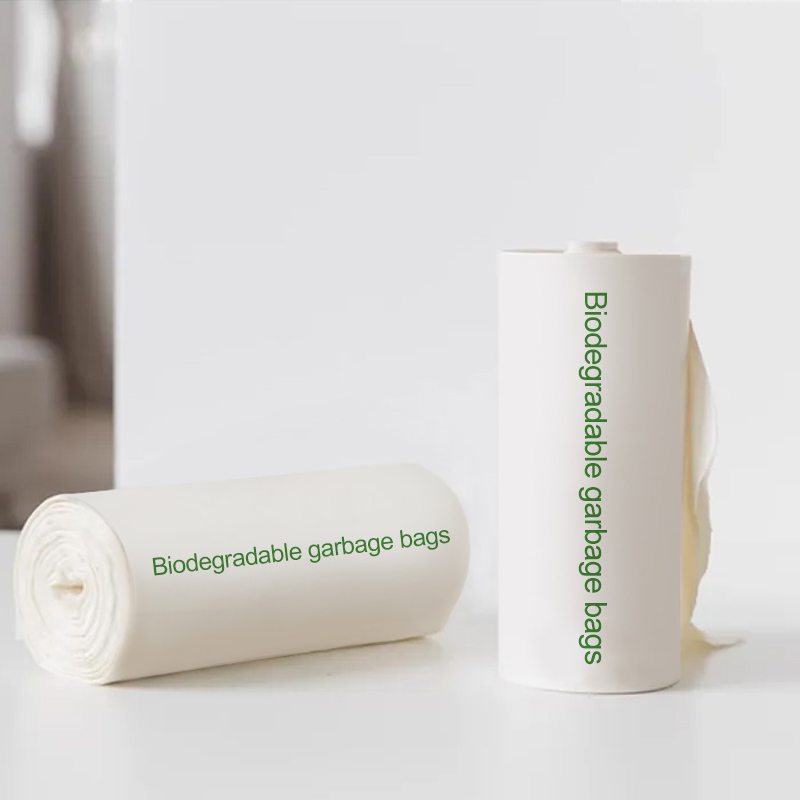
EU Single-Use Plastics Directive: Phasing out non-biodegradable trash bags.
US State Bans: California, New York pushing for biodegradable garbage bags.
Asia’s Circular Economy Policies: Incentives for compostable trash bags.
Competitive Landscape
Leading Manufacturers
Company | Specialization | Key Product |
N** | Heavy-duty garbage bags | Biodegradable trash bags |
B** | Compostable trash bags | Plant-based films |
F** | Biodegradable garbage bags | Marine-degradable options |
Strategic Developments
Mergers & Acquisitions: Major brands investing in biodegradable trash bags.
R&D Investments: $500M+ spent on compostable trash bags in 2023.
Conclusion
The trash bags industry is undergoing a sustainability revolution, with biodegradable garbage bags and compostable trash bags leading the transition. Future growth will depend on regulatory compliance, material innovation, and consumer adoption of eco-friendly alternatives.
For more detailed information about our products including plastic wrap for moving,trash bags,garbage bags,biodegradable trash bags,compostable trash bags,biodegradable garbage bags please visit the product introduction section on our company's official website.


